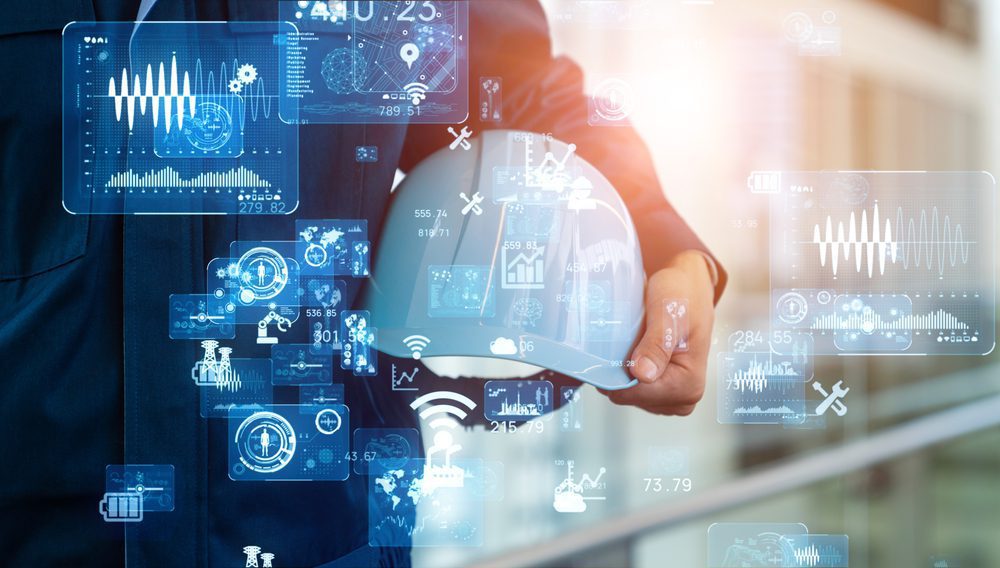As digital transformation continues to set the pace for new technologies, software vendors, system integrators and construction firms are finding new ways to combine them all.
The combination of these digital architectures enables better coordination across project delivery teams and partners, a more automated and optimized process with less manual effort, and increased visibility throughout the enterprise. Several new terms have emerged as digital transformation has taken hold in the AEC industry. Some are entirely new, such as “Digital Twin” or “AI architect”, while others are variations based on existing industry standards such as Building Information Modeling (BIM), Virtual Design and Construction (VDC), and Internet of Things (IoT). This article outlines the best practices for implementing IoT, BIM, and Digital Twin strategies in your company.
What is a Digital Twin?
A Digital Twin is a virtual replica of a physical asset — usually an infrastructure asset, such as a building or piece of production equipment. It usually includes information about the asset’s physical and functional characteristics and details about its current state, configuration, and data history. A Digital Twin can be used to simulate the future state of the real asset and key components for achieving it are the fully integrated BIM Model and its integration into the IoT concept. The Digital Twin is an asset’s virtual representation. It allows you to view the asset’s state and make predictions about how the asset will be used in the future. The goal is to create a virtual representation of the physical asset and its environment. This virtual model can include information about the asset’s physical and functional characteristics and details about its current state, configuration, and data history.
BIM Implementation Basics
BIM is a collaborative approach to designing buildings that brings all project stakeholders together early in the process, using a common data model to share information. A BIM project is characterized by a single source of data from which all project participants create and manage their own views and models. The data is stored centrally in the form of a federated model and can be accessed by all stakeholders through a unified platform. BIM is an information-based process, not a software-based process. The software that is used to store and manage the BIM data is not important. What is important is that all stakeholders use the same data model, and that the data is stored and managed in a central repository. BIM software is merely the tool used to access and visualize the data. What’s important to note here is that, while BIM is often described as a “digital transformation” initiative, it’s not the only area where digital transformation can be applied. The BIM process, with its central data repository and collaborative approach, is a great opportunity for applying other digital transformation technologies as well.
Build an IoT Infrastructure
The Internet of Things is about connecting devices, machines, and sensors to a network for the purpose of collecting data. This data can then be used to provide insights and make better decisions. While IoT has been around for a few years, it’s only recently that its use in the AEC industry has really taken off. IoT uses the cloud to collect data from diverse sources and make them available to stakeholders via mobile devices. IoT devices are often low-power, resource-constrained systems. They are designed to operate autonomously for long periods of time with minimal maintenance. Many AEC firms are putting together an IoT strategy for Owners/ Clients to collect data from sensors and devices and make it available to stakeholders. IoT uses a variety of technologies to transmit data, including Bluetooth, Zigbee, cellular, IP, and more. It’s important to select the right protocols, devices, and communication methods that integrate seamlessly with your existing systems. These include enterprise resource planning (ERP) and customer relationship management (CRM) systems, as well as project management software.
Integrate BIM and Digital Twins
BIM and Digital Twins are two technologies that were developed to improve the efficiency. When BIM and Digital Twins are integrated, they create a 360-degree view of the project or the asset, helping all project stakeholders make informed decisions throughout their lifecycle. BIM acts as the foundation for the development of Digital Twins when combined with IoT and other technologies to help optimize project delivery and efficient usage. With the help of IoT sensors in the building, attributes and data are collected with integrations with BIM models to help in the logical relationship between spaces and assets. The best way to integrate BIM and IoT in the development of Digital Twins is to view the project as a system of systems. This is a term used to describe an integrated environment made up of several different systems that are dependent on each other for optimal performance. To be successful, you must consider how all the different systems work together, as well as how they interact with external systems.
If BIM and Digital Twins are fully leveraged, they can help drive the next phase of digital transformation in the AEC industry. The possibilities are endless. Once BIM and Digital Twins are fully integrated and leveraged, it will increase the efficiency throughout the lifecycle of the project with BIM during Design and Construction stage by generating design simulations, analysis, etc., and later through Digital Twins for the O&M phase of the project. This would enable better coordination across project delivery teams and partners, a more automated and optimized process with less manual effort. Production of Digital Twins with BIM and IoT will also create an environment where data is king, making it easier to make decisions based on data points in real time.
Summary
BIM, Digital Twins, and the Internet of Things are hot topics in the AEC industry. They bring together many different technologies and concepts that can have a big impact on the workflow and design process in the AEC Industry. These concepts can be combined to optimize design, construction and O&M processes, reduce project risk, and increase end-user satisfaction. However, putting together a strategy that encompasses all three can require significant resources. That’s why many organizations are opting to focus on just one or two strategies while leaving the third one on the back burner.
If you want to be a digital transformation leader, though, you’ll want to explore all three of these architectural concepts in detail. Hence, it is the responsibility of all stakeholders, Architects, Engineers, General Contractors, Facilities Managers, O&M Consultants and Owners to advocate the benefits of Digital Transformation using technologies such as BIM, IoT and Digital Twins to unveil the true value of technology throughout the lifecycle of our projects and our assets.


